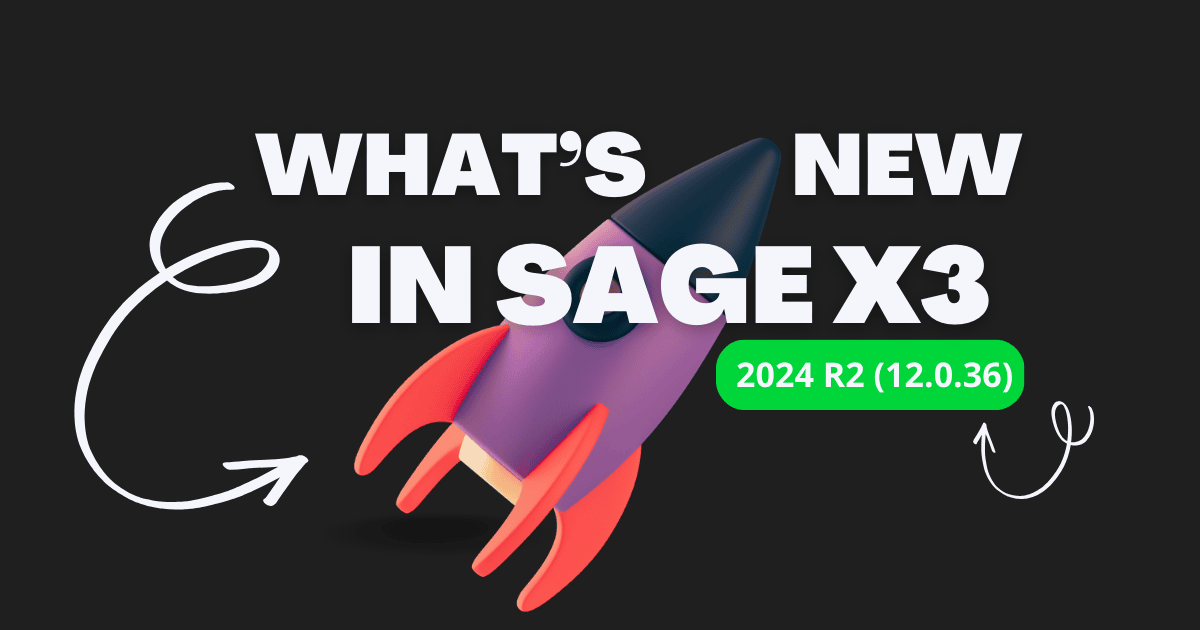Material Management is an important process in Supply Chain Management which is essential to transform inputs into outputs. It is the process of planning, organizing, staffing, directing and controlling the flow of materials from their initial purchase to destination. It is at this stage that a lot of wastage happens in terms of inventory and money. Mismanagement of inventory, even if they are in small numbers, is a loss for the company. Hence, for this reason, there is a supply chain management personnel designated who has the authority and the responsibility for all the activities mainly concerned with the flow of materials into an organization- purchasing, production, planning, scheduling, incoming traffic, inventory control, receiving and stores.
While the supply chain manager does use Inventory management software, there might be a lot of processes which might be needed to be done manually. An ERP solution for material management provides the flexibility and out of the box approach to handle material management under one roof.
What can you do with Material Management in ERP?
1. Material Valuations
Material valuation helps in determining the price of a material which then needs to be recorded in the general ledger account for financial accounting. This also helps in tracking and moving materials. Sage ERP for material management provides divergent inventory valuations method such as FIFO, LIFO, Moving average etc.
2. Multi location Inventory
For manufacturing units which produce goods on a large scales, esp. for consumer goods – often have more than one distribution units for making supply chain management software easier to use. Sage ERP for inventory management along with materials management strives to fulfil your complex needs with multi-location inventory tracking and details, along with maintaining kits and assemblies, multiple units of measure, lot tracking, serialized inventory and specific costing.
3. Bin Management
Sage X3 provides Bin management module that allows inventory to be received at the warehouse and stored into preferred bins within the rack system of the warehouse for easy picking later during the order fulfillment process. These inventory can be grouped, tagged and scanned into the system for future reference. This is also helpful in retail specific companies who have to store other companies’ inventory. They need to know on a real time basis if the particular brand is available or not so that they can refill it before the stock runs out.
4. Lot and Serial Traceability
Lot and Serial Tracking is used to control and monitor from receipt to shipment the allotment of lot or serial numbers for items part and finished goods. Once a part has been tagged, the ERP System for materials management maintains all the record from the time it is received from the vendor until it is shipped to the customer. All information about a specific lot / serial number can be accessed instantly. In Sage ERP, we can record and maintain separate Lot and Serial no. list where the user can view the entire history of transaction.
5. Product Life Cycle management
New products are the backbone of your company’s growth and profitability. But said that, the success of any product depends on the stage that it is in, in the PLC. A proper analysis should be done to estimate which products have a scope of selling more, which products are on the verge of being defunct, which products need to be revamped. The reason for doing so is to avoid any unnecessary spilling of resources and focusing all resources where it is required. This constant monitoring and analysis can be done by Sage X3 for materials management.
6. Material Management (MRP)
Materials Requirement planning empowers the company’s logistical processes. An ERP enables you coordinate warehousing measures with your delivery schedule and enable your company to function efficiently with minimum inventory levels to raise work orders and purchase orders. In Sage ERP, the user can execute MRP run and include / exclude the minimum inventory levels, existing stock locations for stimulation and final execution.
7. Inventory Replenishment
Allows you to execute differentiated, highly automated inventory planning integrated with the demand forecast. It also makes inventory replenishment more agile by providing a multitude of planning strategies such as economic order quantity, service-level-driven safety stocks and special models to handle slow-moving parts.
8. Scheduling and Resourcing
Enables you to plan your resources efficiently by streamlining all the work order scheduling and activity planning. It provides a common way of planning preventive maintenance and initiating corrective maintenance.
To know more about how can Sage X3 for materials management help you boost your inventory flow, You can also write a mail to Sage Software Solutions Pvt. Ltd. at sales@sagesoftware.co.in for a free consultation and expert guidance.





